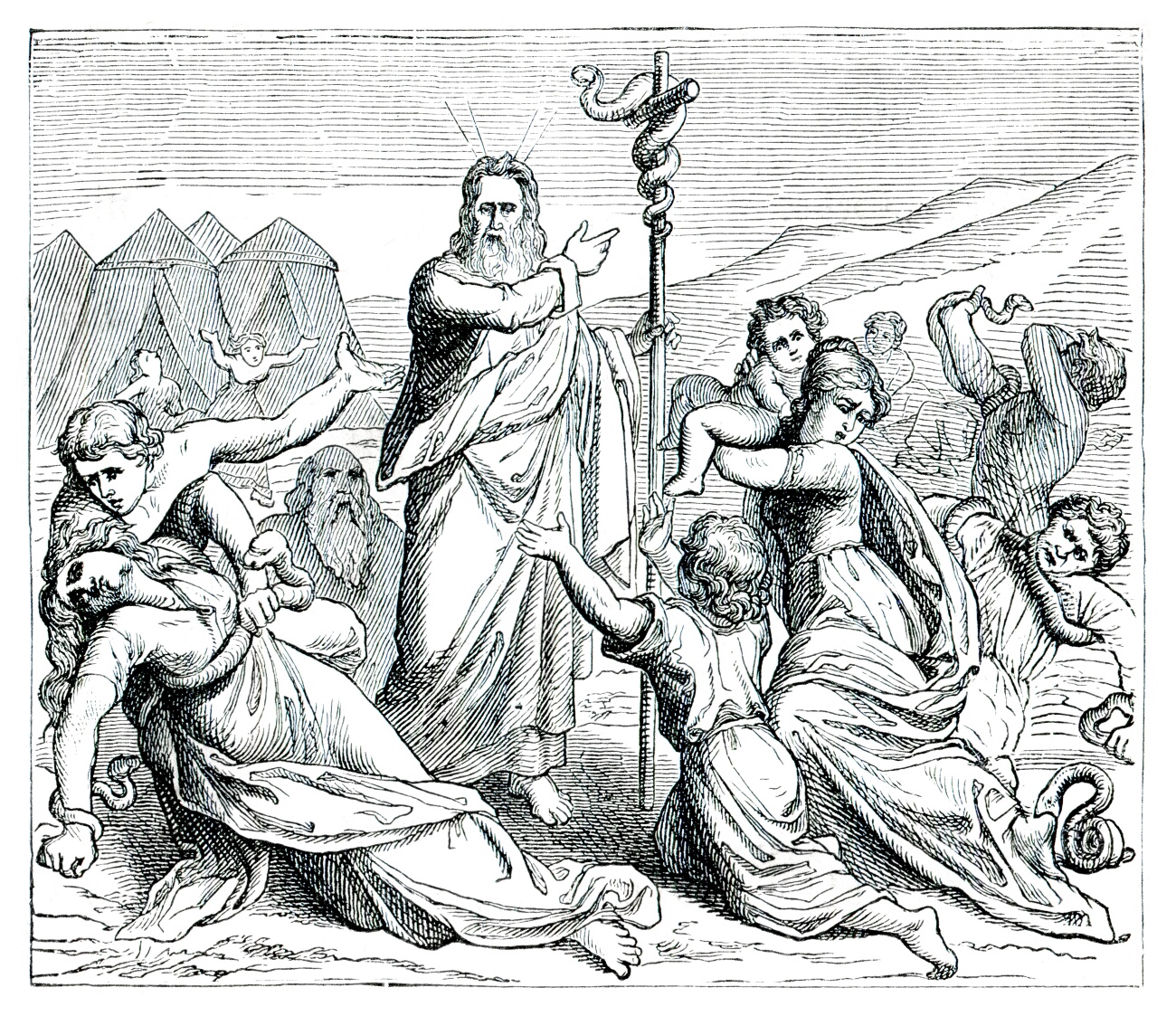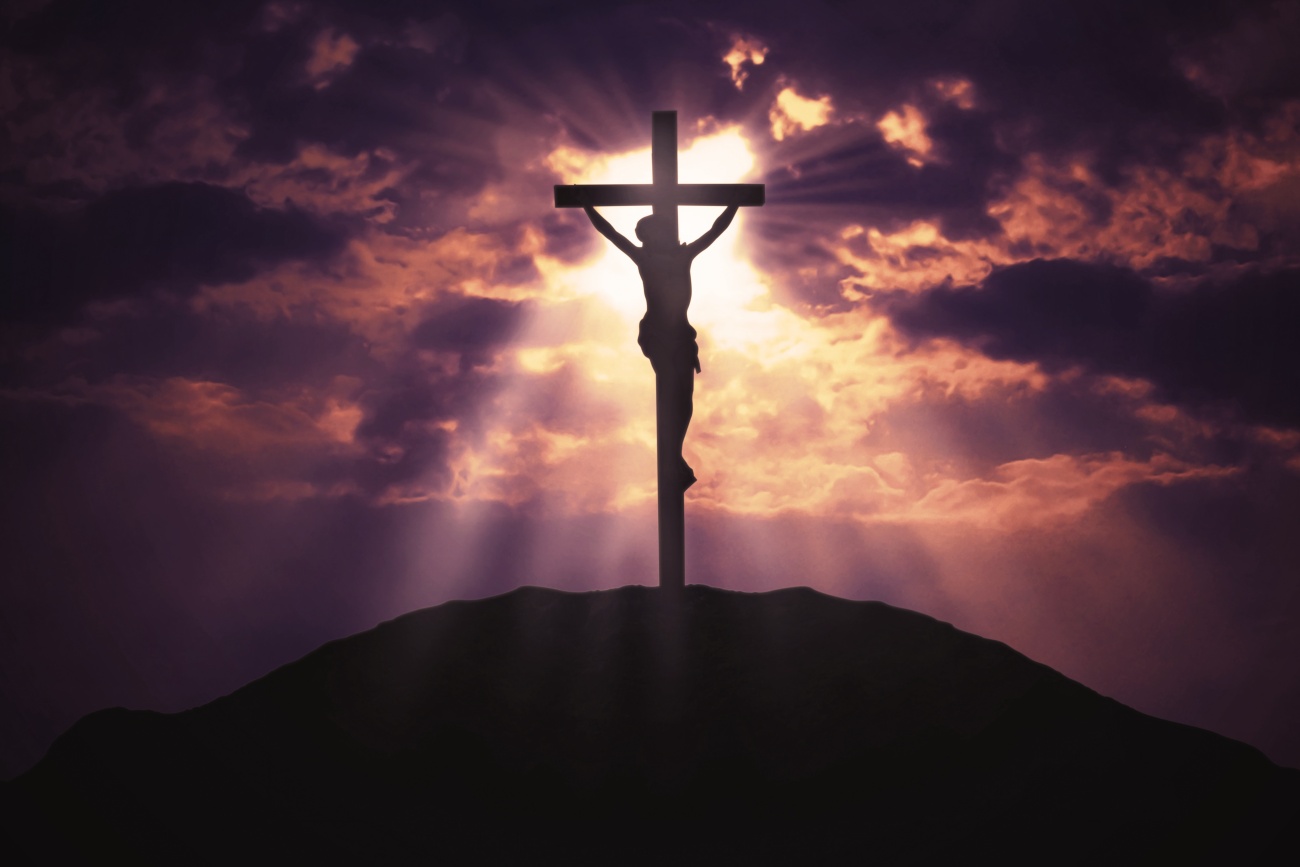In Christ Alone Is Our Salvation
In reading the scriptures we are encountering the living, triune God; Father, Son, and Holy Spirit.
Sometimes we have to be reminded that the holy scriptures are not just a collection of stories, poems, historical accounts, and important sayings to be read simply for pleasure, or instruction, or as evidence in a theological or moral argument. All of those are there, but it is more than that.

In reading the scriptures we are encountering the living, triune God; Father, Son, and Holy Spirit. When we read it alone or listen to it in our communal services, we hear the voice of God speaking to us here and now, not a voice from the past, but in the present moment, in this present age. Everything in it, from first to last, is meant to challenge and guide us personally and communally today in our own lives. With that in mind, let us look at two passages, one from the Old Testament and one from the New Testament that are directly connected.
In Numbers, chapter 21, verses 4-9 we see the Israelites only very recently delivered by God from slavery in Egypt under the leadership of Moses, complaining and whining to Moses about being hungry and miserable in the desert, when they could be eating well, though still enslaved in Egypt. They were suffering from hunger, wandering in the desert, thirsty, uncomfortable, and frustrated. So they take out their frustration by blaming Moses for their present circumstances and complain bitterly, like children. In short, God punishes them by sending saraph serpents among them that bite them and many die. They, then, in fear go to Moses and ask him to pray to God to end this suffering.
Moses is told by God to make an image of a saraph and mount it on a pole, telling him that those who have been bitten and who look up at the saraph will be healed, and so it was. This, then, has a direct connection to John’s Gospel, chapter 3, verses 13-17: “Just as Moses lifted up the serpent in the desert, so must the Son of Man be lifted up, so that everyone who believes in him may have eternal life.”

Ok, we can see the connection between the images of the saraph serpent lifted up on a pole by Moses that saved the mortal lives of those who gazed upon it with faith, and the cross upon which Jesus was lifted up. But this time the eternal souls of those who gaze upon him in faith are given life eternal with him in heaven. But do we also see the connection between the stubborn, childish, fearful and constantly complaining Israelites in the desert and our own, often similar behaviors toward God and others? Are we not also, more often than not, driven by our fears, our demands for immediate gratification? Are we not just as quick as the Israelites in the desert to blame others for our own failings and weaknesses, either personally, or corporately?

There are saraph serpents among us today and they are all products of our common human sinfulness. But we have Jesus Christ, the Living God, who let go of divinity and came among us as a slave even unto death, a death on the cross (Phil. 2:6-11) to look up at to be freed from the slavery of sin and death. If we stop looking up to the deadly false gods around us, in their many human forms and, instead, look up and gaze upon the living God, Jesus Christ, lifted up on the cross, we would be freed from the desert of madness we presently wander in and find eternal life. In Christ alone is our salvation.
SKM: below-content placeholderWhizzco for FHB

